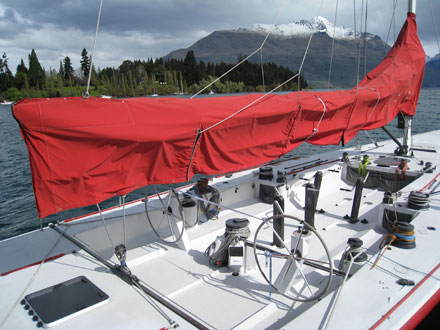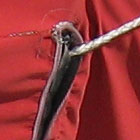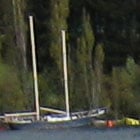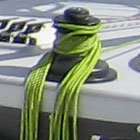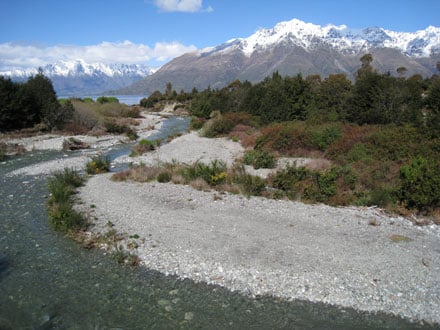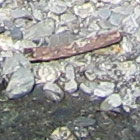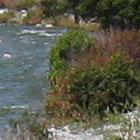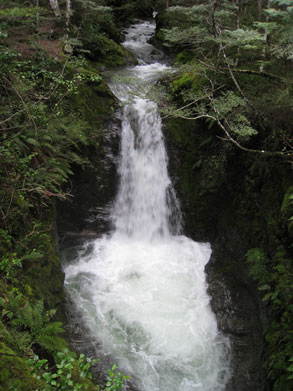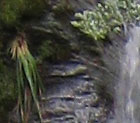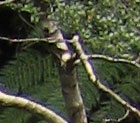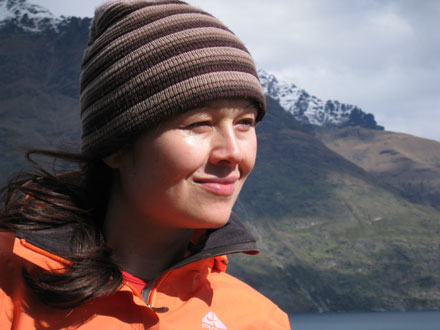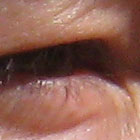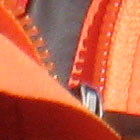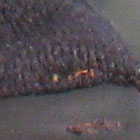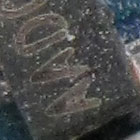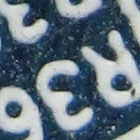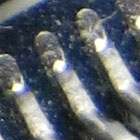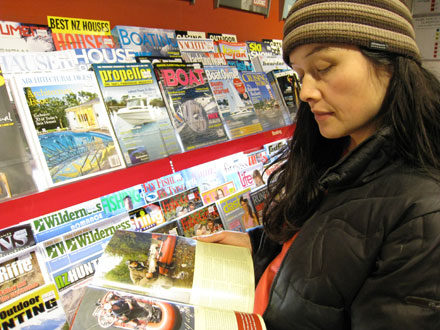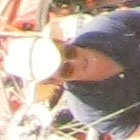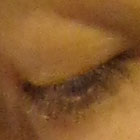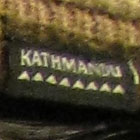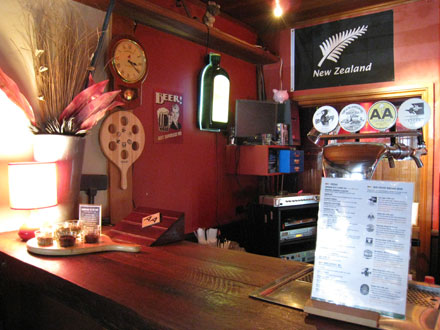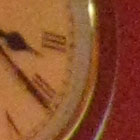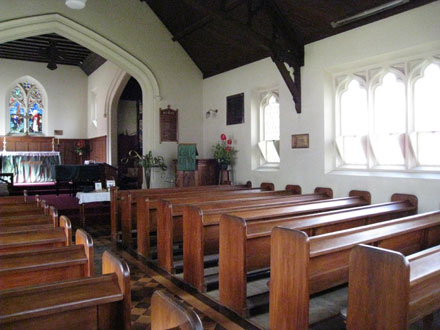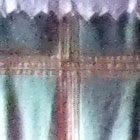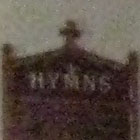Canon Digital Ixus 860IS / PowerShot SD870 IS Digital Elph
-
-
Written by Gordon Laing
Canon Digital Ixus 860IS / PowerShot SD870 IS
Portrait: 3.29MB, Manual mode, 1/1250, f5.8, ISO 200, 4.6-17.3mm at 17.3mm (equivalent to 105mm)
Macro: 4.12MB, Manual mode, 1/125, f8, ISO 400, 4.6-17.3mm at 4.7mm (equivalent to 28mm)
Indoor: 3.64MB, Manual mode, 1/50, f2.8, ISO 400, 4.6-17.3mm at 4.6mm (equivalent to 28mm)
Indoor: 3.81MB, Manual mode, 1/160, f2.8, ISO 1600, 4.6-17.3mm at 4.6mm (equivalent to 28mm)
| |||||||||||||||||||||||||||||||||||||||||||||||||||||||||||||||||||||||||||||||||||||||||||||||||||||||||||||||||||||||||||||||||||||||||||||||||||||||
gallery
The following images were taken with the Canon Ixus 860 IS / PowerShot SD870. The Canon was set to Large Superfine mode with Auto White Balance, Evaluative metering and with My Colours disabled. Each image here was shot handheld using the camera’s Image Stabilisation.
The individual exposure mode, file sizes, shutter speeds, aperture, ISO and lens focal length are listed for each image.
The crops are taken from the original files, reproduced at 100% and saved in Adobe Photoshop CS2 as JPEGs with the default Very High quality preset, while the resized images were made in Photoshop CS2 and saved with the default High quality preset.
The three crops are typically taken from far left, central and far right portions of each image.
